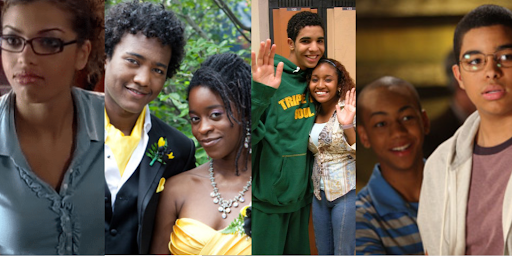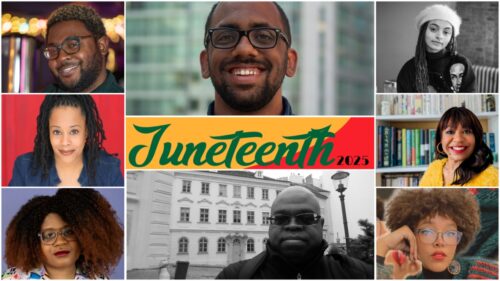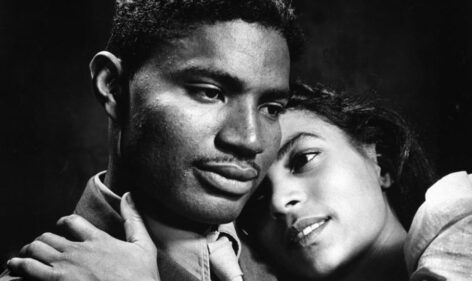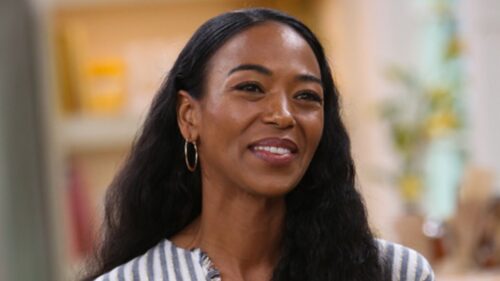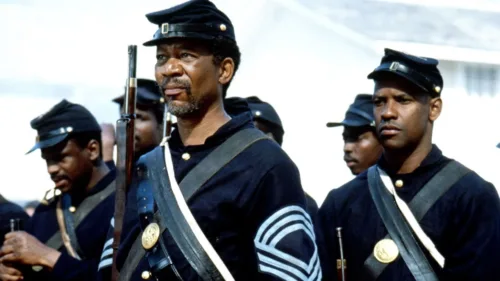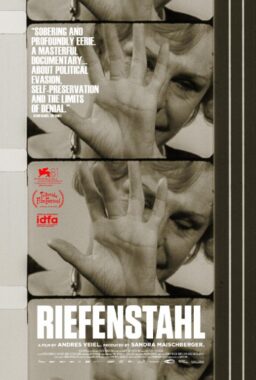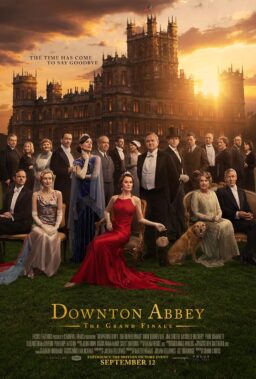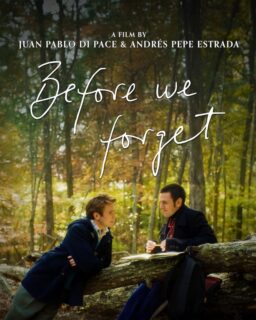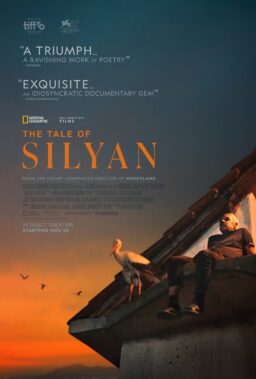Whatever it takes, I know I can make it through!
If you remember this, then you are a Degrassi fan and impatiently awaiting HBO’s reboot next year. Like everyone, I immediately went to HBO when they released all 14 seasons of “Degrassi: The Next Generation.” I was ready to relive my childhood. As I watched, I kept thinking—why did I not see myself, and what was going on with the subpar storylines for Black Characters? For sanity check, I went to Twitter and folks constantly said the same thing, which inspired this article.
What is the state of Black Representation in Youth Dramas?
First, let me introduce myself. My name is Jewel Ifeguni, and I am the Founder of CEO of YouMatter Studios, a media company committed to building an inclusive world where everyone understands, advocates, and truly believes that you matter. I also consult top tech companies on DEI practices and have created several features that focus on forefronting underrepresented voices. Recently our VR Film re-enacting a police pullover was a finalist in France’s 360 Film Festival, won best AR/VR at Indie Film night, and had a fabulous showcase at Ebert Symposium. Currently, I am producing “How We Got Here” a docuseries that encourages us to face the past to change the future—pretty inline with this topic.
“Degrassi” is personal for me because as a fearless and joyful Black Gennezienal Nigerian woman who grew up in a predominately white Midwest suburb, “Degrassi” characters were my guides for navigating this country (America), and are likely doing the same for many kids around the country. Also, as an award-winning filmmaker, I have specific respect for the artistry that is Youth Dramas and finding the balance of truly representing a teen’s perspective in a way that resonates with them.
Okay, let’s dive in!

Why “Degrassi”
Most known for its 2000s reboot “Degrassi: The Next Generation,” “Degrassi” is a Canadian based, internationally acclaimed drama series that follows the lives of high school students. The “first wave” kicked off in the late ’70s and sparked popularity worldwide. Then its resurgence (during my lifetime) launched in the early 2000s. “Degrassi” for most folks is recognizable as Drake’s launch to fame with his character, Jimmy. “Degrassi” tackled topics in a way most series were afraid to do. Not only did it tackle these topics, there was artistry in its storytelling. To this day, the 2012 series trailer “Boiling Point” is still one of the most popular television series promos. If you don’t trust me, take to Twitter. Lastly, it is important to note that “Degrassi” thrived before streaming took off. With a strong global audience actively reminiscing on Twitter, fans are collectively analyzing “Degrassi” from how we knew it growing up to where we are today. There is a consensus for the need for more depth in Black representation in the drama series.
Puleng in “Blood and Water” on Netflix
History of Black Representation in Youth Dramas
Fortunately, while in university I specialized in studying representation in media, and I picked up a few things to help us understand how to measure representation. Chronologically, there is a phased approach to how underrepresented groups are presented on television: non-recognition, ridicule (only presented as a stereotype), regulation, and respect. Currently, the overall view of Black Representation in TV series would fall in the regulation category as we generally see Black characters on screen.
Now let’s look at specifically the representation within the show. Gray’s Typology of Television Images was created to analyze Black representation in media. There are three types of Typologies: assimilation, multiculturalism, and pluralism.
Assimilation is when the show’s environment actively excludes the marginalization of social and cultural differences. “Riverdale,” “Teen Wolf,” “Pretty Little Liars,” and “Degrassi” fall into this category because there is rarely any discussion on what it means to be Black in their worlds.
Multiculturalism shows the complex perspectives of the Black community and explicitly engages in the cultural politics of diversity. “On My Block,” “Dear White People,” “Sex Lives of College Girls,” and HBO’s reboot of “Gossip Girl” are great examples of this.
Pluralists center on Black characters in Black worlds parallel to those of white. “Insecure,” “The Chi,” “Blood & Water,” and “All-American: Homecoming” are great examples of this.
What is “good” representation?
Let’s say most shows should aim to be multicultural at a minimum. Fortunately, these days most shows do.
For my visuals – check out the cool chart I made below!
Now let’s get back to the Degrassi Characters.
Black characters in Youth Dramas typically fall into 3 buckets: The Assistant, The Token, or the representation of Trauma.
Left Image: Hazel and Paige, Right Image: Katie and Marisol
The Assistant
The Assistant can also be coined as “The Magical Negro” or “The Black Best Friend.” In other words, Black characters merely existed to assist and elevate non-POC storylines. This deprives the audience of a chance to truly understand various Black teen perspectives. In “Degrassi,” characters like Hazel and Chantay didn’t get a backstory as much as other characters. Hazel served as Paige’s sidekick, and Chantay was mainly the popular crew’s sidekick and barely got screen time. Even in the later seasons, Marisol didn’t have a developed storyline and existed to add drama to the mix. Jimmy (aka Drake), while being a prominent character, later on merely existed to advance Spinner’s storyline. Not to mention, Spinner is the same best friend that played a role in Jimmy getting shot, which is how he gets paralyzed in the first place.
For more reading, check out Andrea Desiree Lewis’ (Hazel) dive into her painful experience of not being represented on set.
Liberty on Degrassi
The Token
Tokens are when characters are meant to be the sole representation and only exist as such. Liberty, a super-intelligent, wealthy, and a bit prickly character in “Degrassi” always served as the token Black, nerdy girl. We didn’t get too much backstory on her and character development versus a very similar character in Claire Edwards, a white female, who practically had a season or two fully dedicated towards her character development. “Glee” and “Pretty Little Liars” did this notoriously. Mercedes was the main lead and played the “strong black woman” trope but they barely went into her backstory until right before she ended the series. Maya St. Germaine in “PLL” mainly existed to help one of the main characters embrace her sexuality. Both were tools in a story, rather than being the story itself.
There can’t be too many tokens!
Also, there’s this strange quotient scenario going on with Black characters in “Degrassi.” It’s as if once there are three Black characters max, one has got to go. Even on Twitter, it was a joke how Hazel needed to leave the series to make room for Liberty’s brother as the main character.
Black LGBT Characters: Where Were they?
On “Degrassi,” Black LGBT characters were nonexistent. Broadly there’s still much more distance to go in this representation. Characters like Eric in “Sex Education,” Rue in “Euphoria,” and Coop in “All-American” are helping continue to blaze the path.
Skin Tone & Colorism
Many fans pointed out that most of the Black characters on “Degrassi” that made it far enough to have storylines also were very light-skinned. This theme of casting mostly Lighter Skinned Black actors is still relevant across the medium today.
Left Image: Jimmy on Degrassi, Right Image: Jimmy and Spinner on Degrassi
Trauma Representation: Outplayed Tropes
Black characters on “Degrassi” experienced more trauma than actually just being able to exist. For example, Drake’s character Jimmy was a steady force on the show and got paralyzed as a result of a school shooting. The “Degrassi” writers never fully developed Liberty’s character after her boyfriend JT was stabbed to death, and her baby was given up for adoption. They never really developed Connor’s storyline beyond his life with Aspergers. So even when they existed, it was never just a Black person living their life or at least thriving. But there were some exceptions.
Dave and Ali on Degrassi sharing an iconic acting moment in Season 11
Black Characters on Degrassi Did What They Needed to Do
Anytime a POC character was given the stage on this show, they delivered. Take Dave, played by the late Jalil French, whose performance in Season 11 is still one of the most talked-about in the history of “Degrassi.” Ali Bandari, who was one of two South Asian main characters, always nailed her performance while arguably other non-POC characters had triple the screen time.
Why This Matters
What happens when you don’t represent Black Characters in Teen Dramas?
First, being a teenager is already dramatic and many find solace in seeing how other teens navigate in a parallel universe, especially Black Teens who experience racism everyday. It also removes the chance for a TV series to educate a generation on how to dive into race discussions. Shows like “Glee,” “Pretty Little Liars,” “The Fosters,” and “Switched at Birth” missed some opportunities to highlight race relations in America. Imagine how it would feel to be a viewer who constantly struggles to see their realities represented on screen. For some it is escapism, but eventually, it presents the erasure of the entire Black experience.
Cultivation Theory explains how over time, we absorb images and it impacts our reality. The erasure of Black characters and our experiences sets a precedent with up-and-coming generations that Black voices don’t matter or merely exist to advance other communities.
Fortunately 2020 has also pushed the effort of greenlighting Black projects. We still have a long way to go. Here’s how you can be part of the change.
How do we truly improve Black Representation in Youth Dramas or in general?
Creators:
Greenlight Projects with Black Creators. The most authentic storytelling comes from those who have actually lived it.
Diversify Your Writer’s Room. A balance of voices ensures an environment ready to prioritize different characters.
Be Intentional with Character Development and Lean Into Representation. Trust me we have heard a ton of different ways a teen exists through a white lens—let’s reflect the world!
Lead with Empathy. Imagine being the teen who is waiting to watch their show and what it feels like to constantly not see yourself represented. Soak that in—you know what to do.
Use the DuVernay Test to Measure Black Representation in TV/Film. Critically acclaimed filmmaker Ava DuVernay has created a test inspired by the Bechdel test to measure Black Representation in film—use it!
Viewers:
To my viewers, and lovely readers, we have power just by being vocal! I can only imagine the changes to come in HBO’s reboot because of fans being vocal.
Left Image: All-American:Homecoming, Center Image: On My Block, Right Image: The Chi
Closing
Shoutout to the shows who are forefronting Black voices and talking about today’s topics. “The Chi” dives into the increasing rate of Black girls going missing. “All-American” discusses mental health and police shootings. “On My Block” intimately discusses the impact of gang violence. Coincidently all these shows have POC creators, a diverse writer’s room, and I have a good hunch they approach storytelling with empathy.
“Degrassi” is an amazing series, but the reboot would push it to the top again if they revised how they represent Black characters.
After all, “Whatever it takes, I know I can make it through.”
